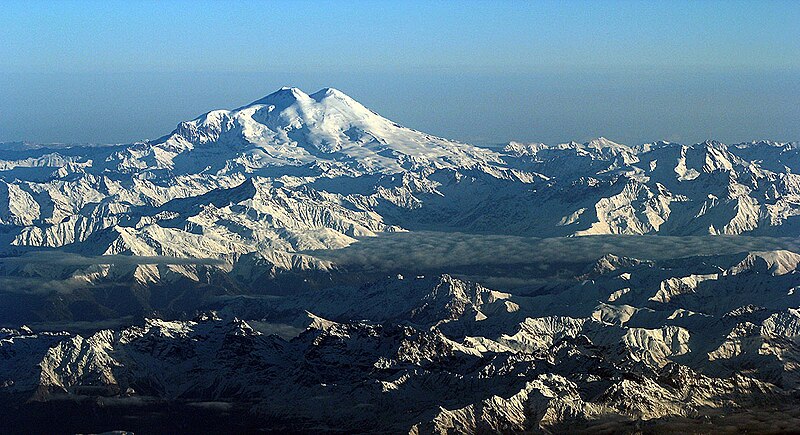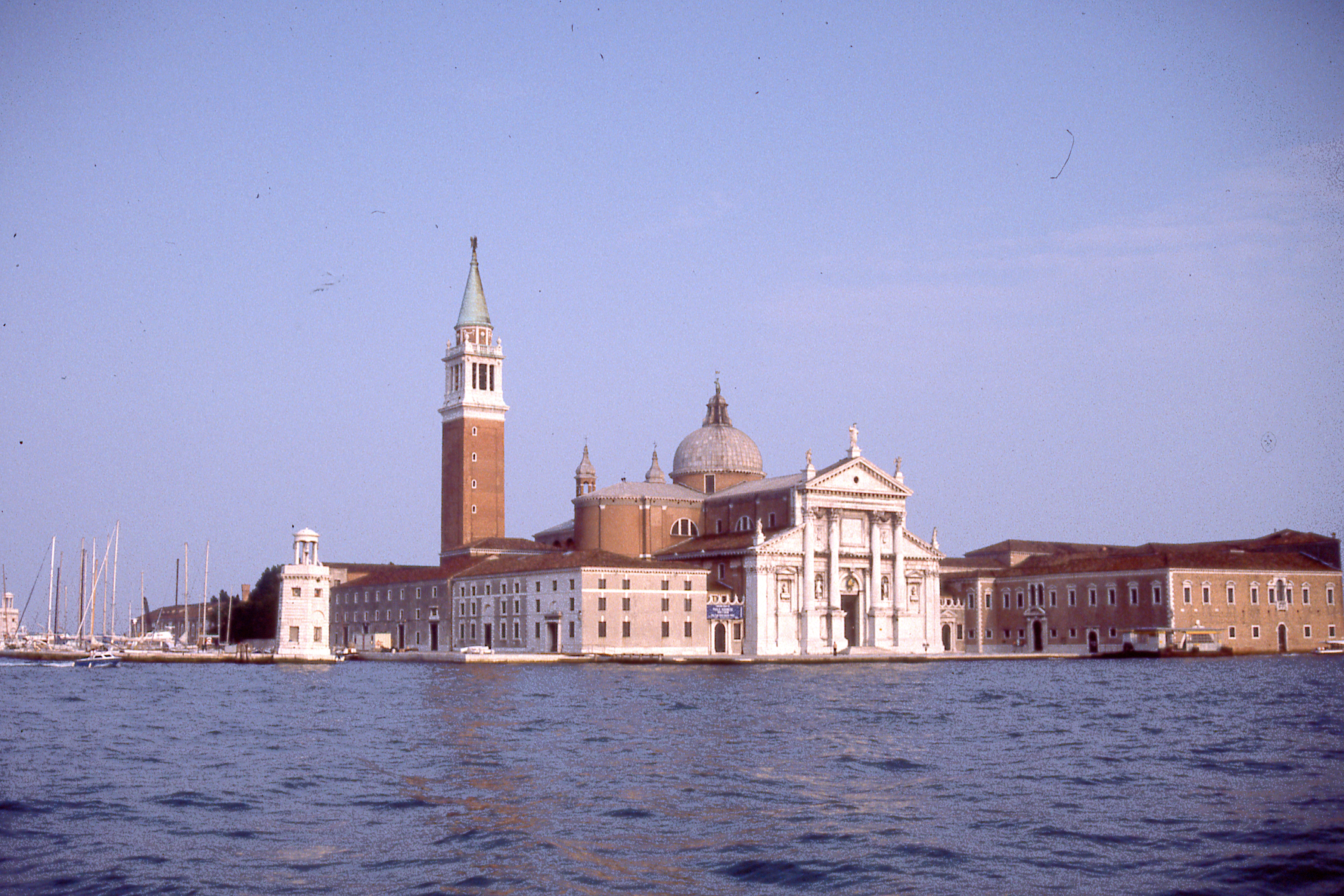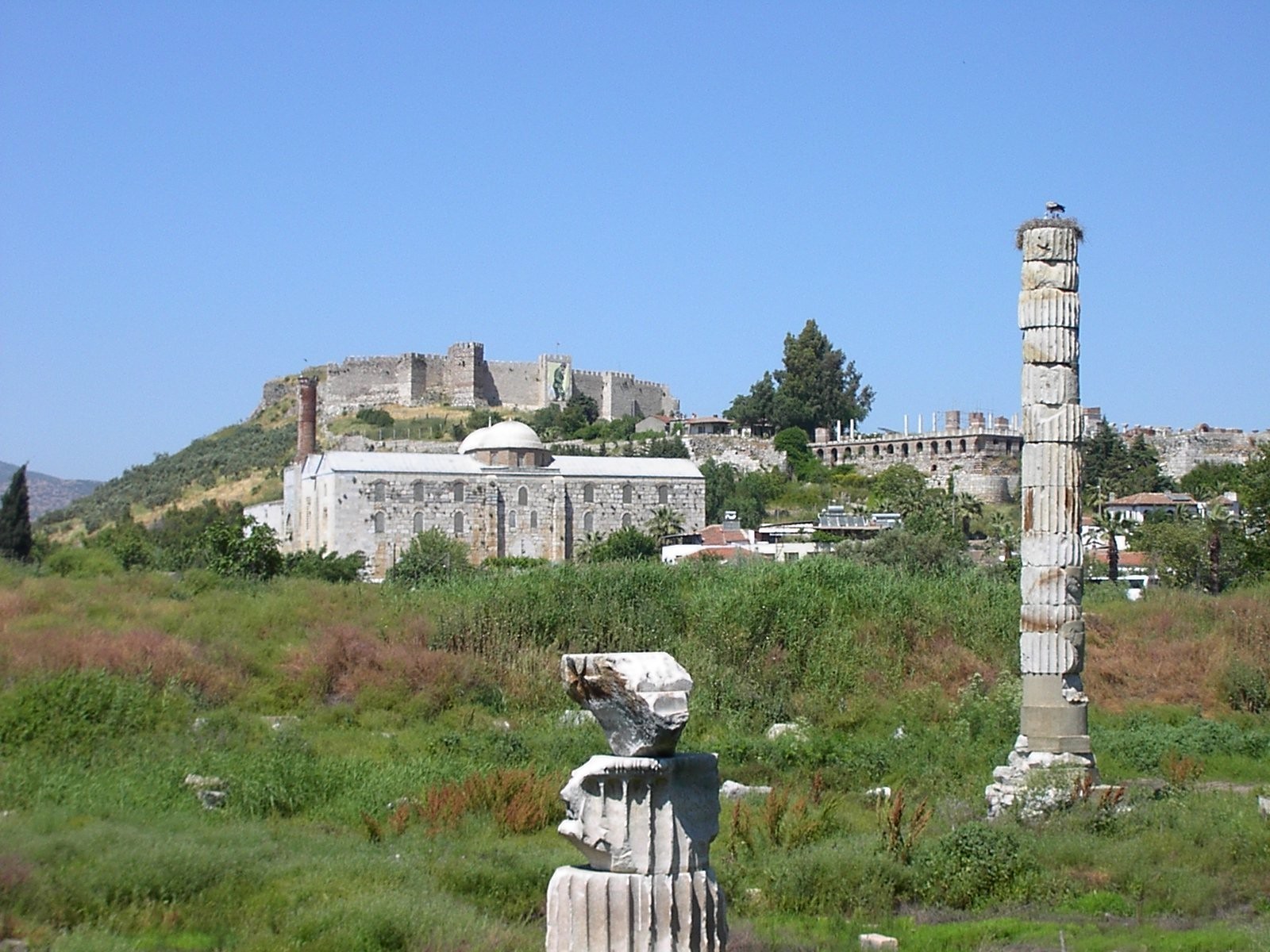#1 Follow a vlogger on YouTube
YouTube is crawling with amateur Rick Steves who bring you along with them to almost anywhere in the world. The neat thing about vloggers is that they’re not getting paid, and they aren’t stiff and pompous like professional travel guides. You watch their videos as if you are actually there, and it’s surprising the amount of information one is able to glean off the travelers. Here is a few travel vloggers that I like to watch:
 |
|
Rick Steves and entourage http://en.wikipedia.org/wiki/Rick_Steves |
To be honest, I thought National Geographic was some nature-loving, gator-hunting type of magazine, but after I subscribed, I discovered how woefully wrong I was. Nat Geo is amazing, and the stories as well as the photographs make it the best magazine I have ever taken out a subscription for. There are always travel related stories in it, and the information inside is always so diverse that I feel like I've traveled around the world and learned so much just by reading one issue. For only $15, you can purchase a year’s worth of mind stimulating information.
Subscribe here
 |
| \http://en.wikipedia.org/wiki/National_Geographic_Society |
TedEd is an organization that has “a commitment to creating lessons worth sharing...” They create YouTube videos on interesting topics, host conferences with diverse speakers, and are partners with worldwide organizations such as the Bill and Melinda Gates Foundation and Khan Academy. TedEd clubs are intended to spread a love of learning at your school and make mini Ted Talks within your own classroom. In addition to learning about the unique ideas your classmates may have, doing a video on traveling and appreciating different people can make you feel like an expert.
Start a TedEd Club here
 |
| http://en.wikipedia.org/wiki/File:TED_wordmark.svg |
Again, thank heavens for the internet. This suggestion is similar to the vloggers except the details are in edited writings and pictures instead of raw film. Travel blogs allow you to “see” places through the written word and formulate your ideas on how the place actually looks like. I like blogs and vloggers equally, but travel blogs usually have more regular posts than do YouTube vloggers.
Some neat bloggers are:
· LearnTravelArt
· Camels and Chocolate
· Nomadic Chick
· Snaps and Blabs
· Holayessica
Rick Steves to the rescue! His guidebooks are very informative and entertaining—they are more like fun travel novels than boring guidebooks that only discuss hotel recommendations. His books contain history, culture, food, attractions, everything. It’s almost as if you were actually going to the destinations yourself. Along with reading guidebook and history books, making your own itineraries is fun and interesting. Even if you have no possible way to make it to your dream city, researching it and actively planning where you would go is better than sitting and doing nothing about it. Here are a few examples of untested travel itineraries:
Russia
Greece
Here is a link to Rick Steves’ new website

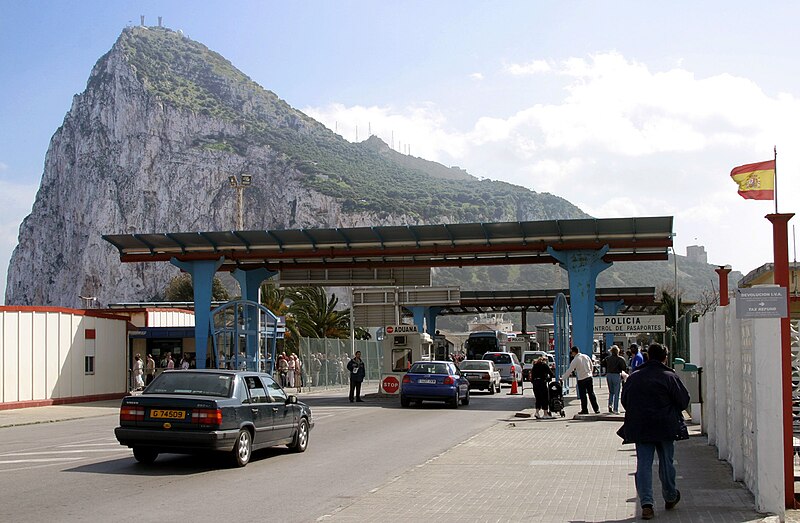

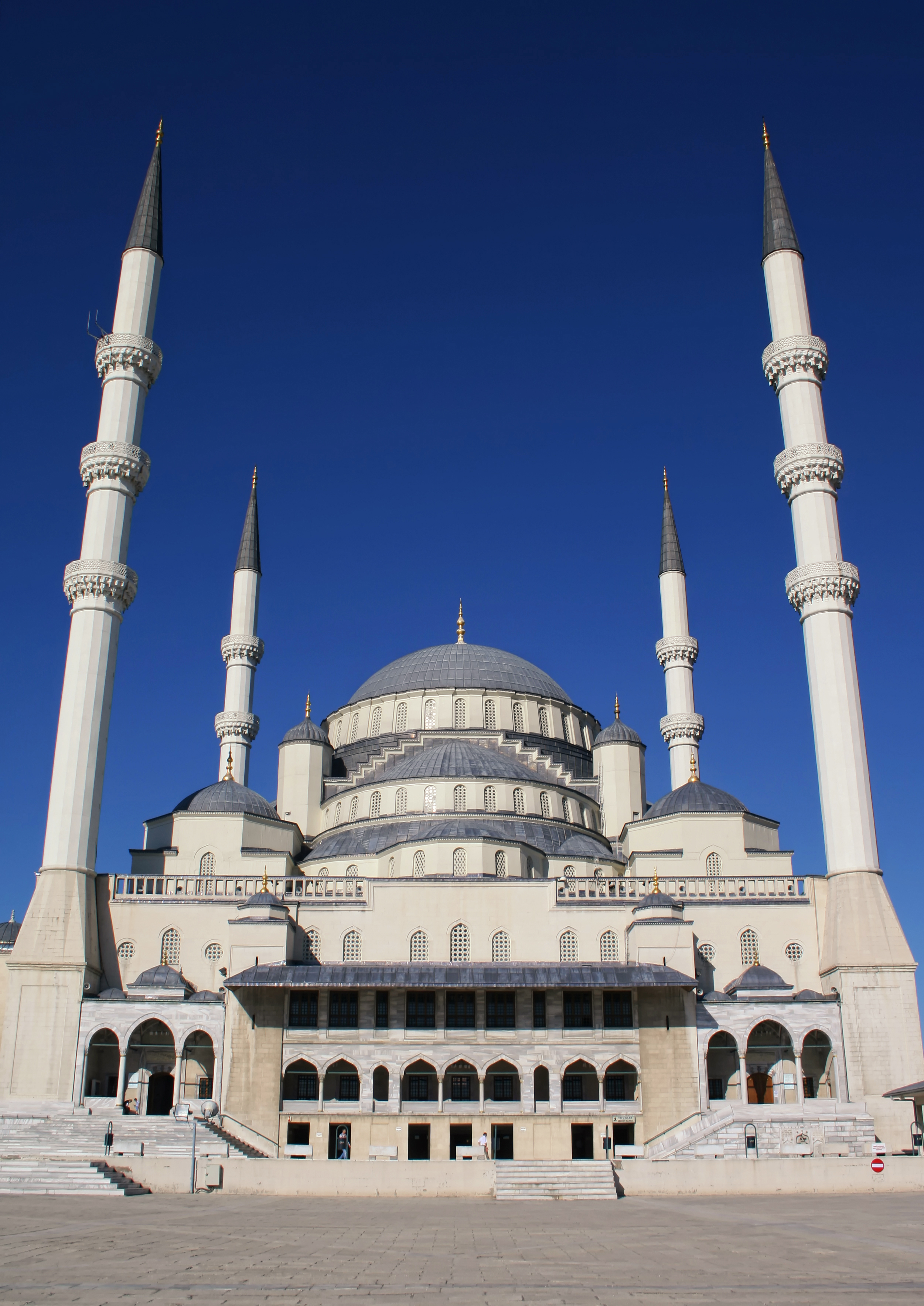

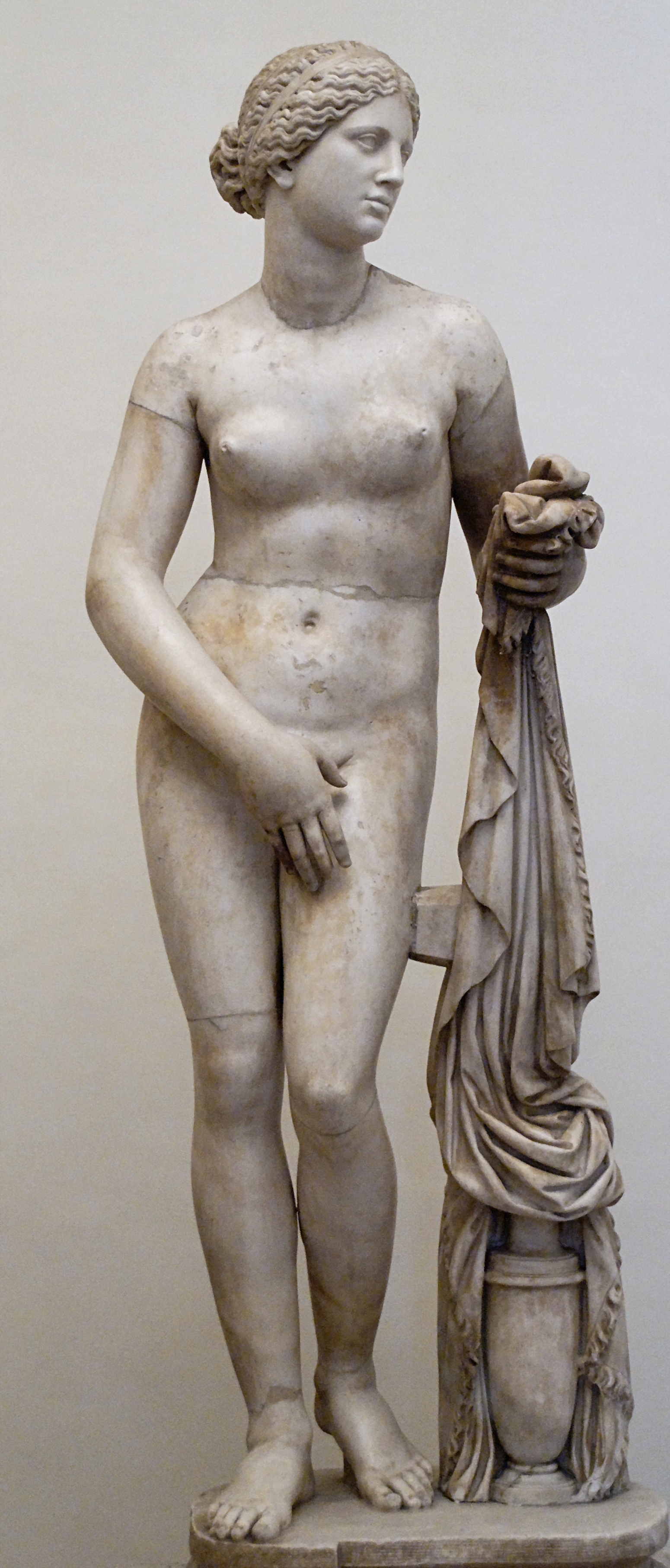


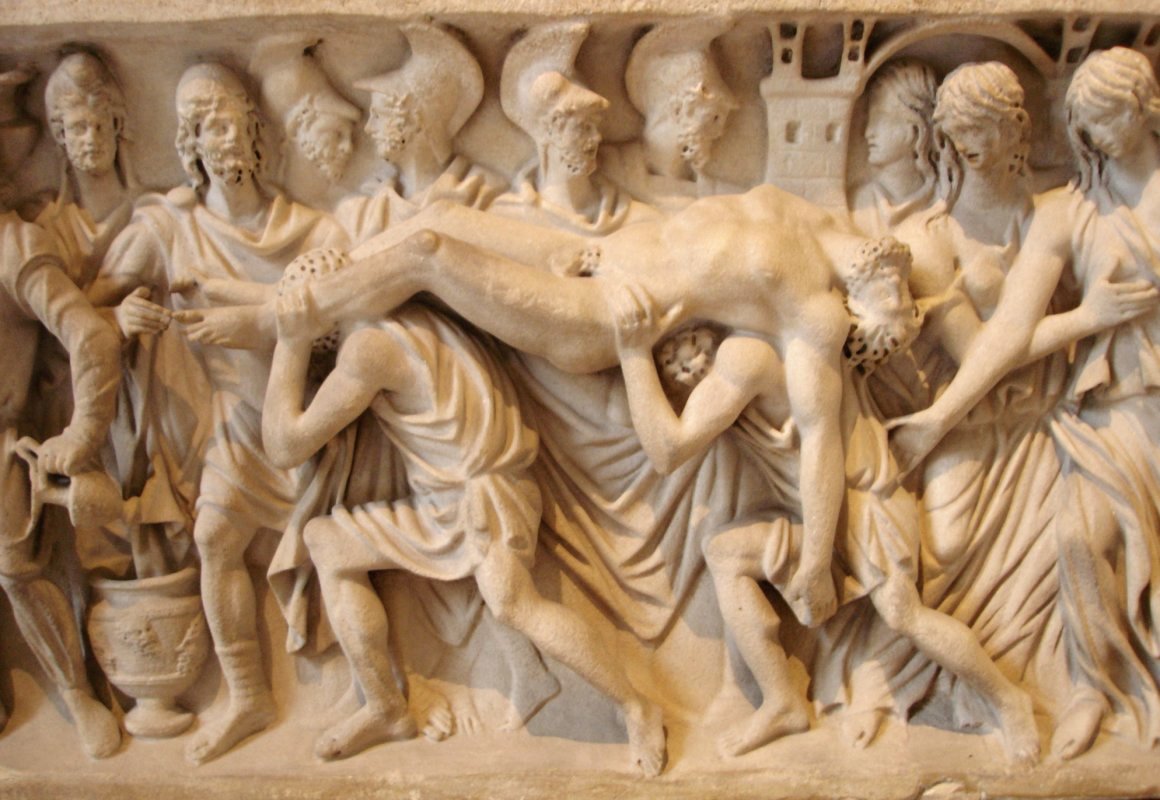
.jpg)
